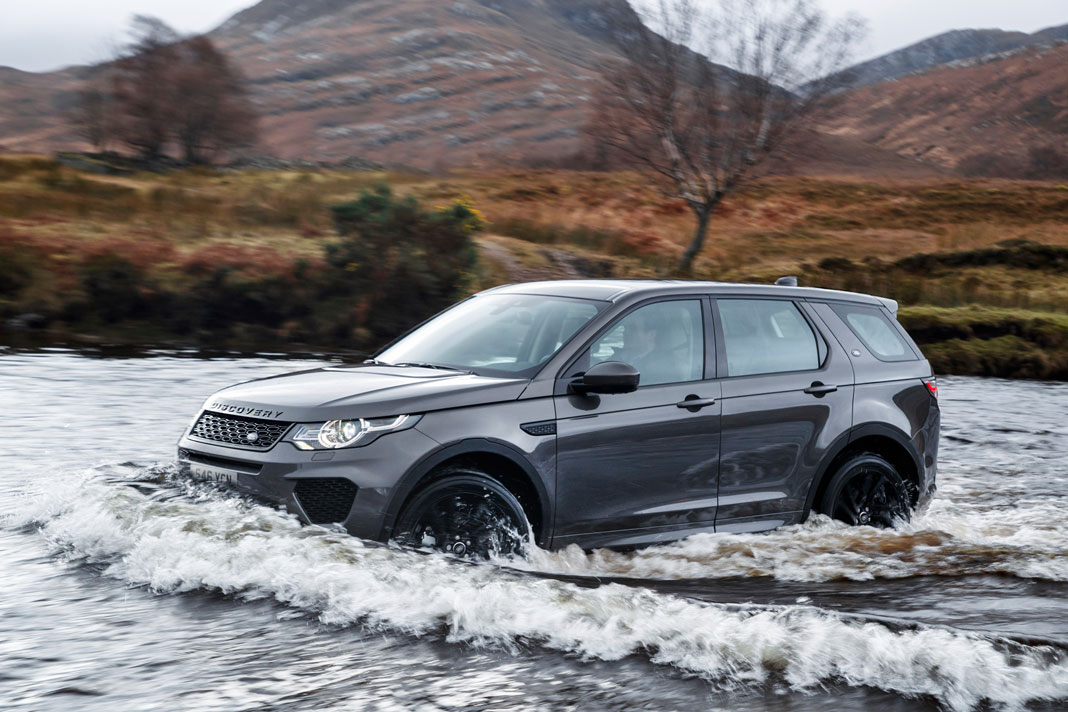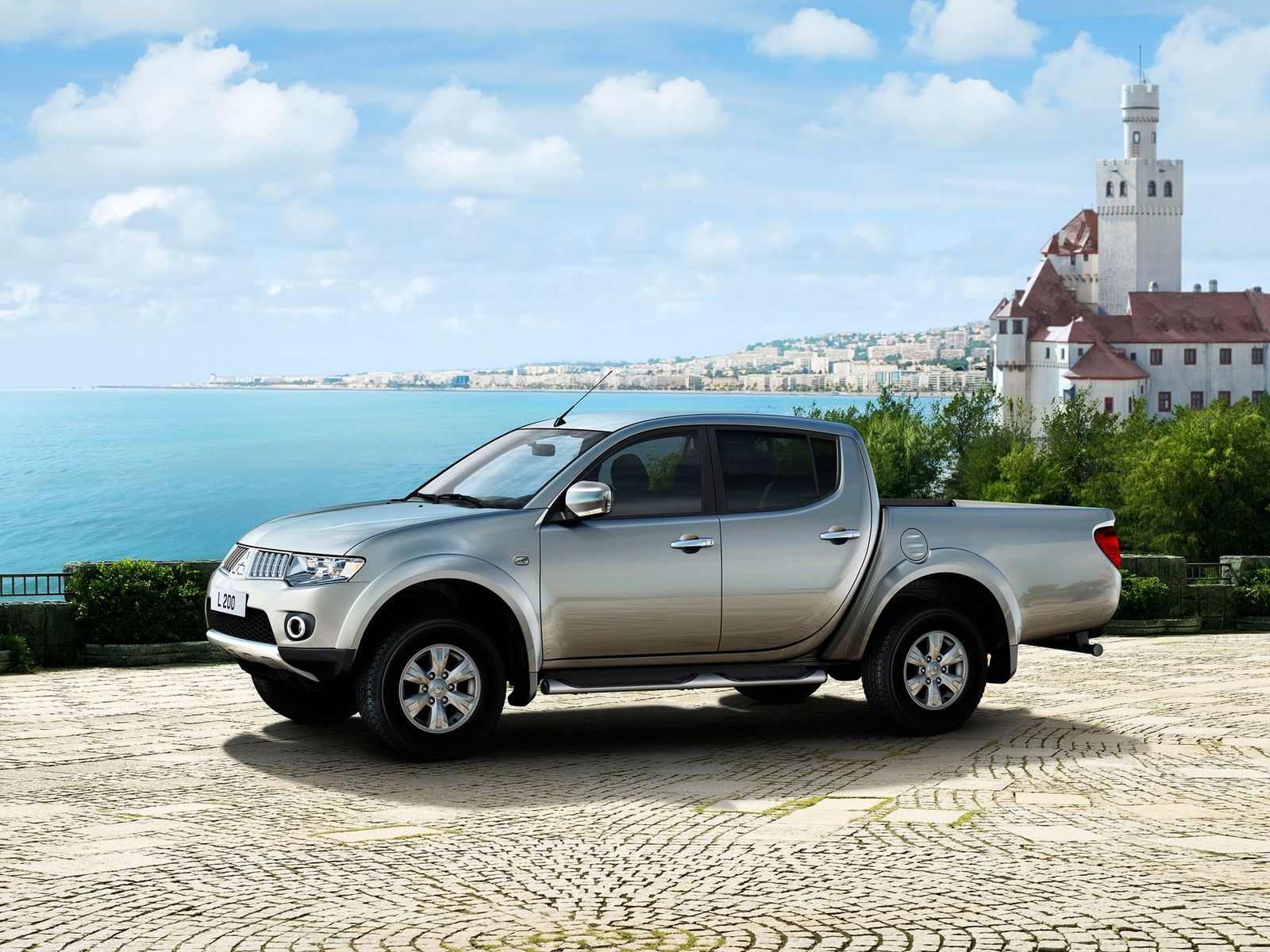
Do you really need all-wheel drive?
When looking for a new car, we often start by defining criteria that will guide us. We select engines that we are interested in, equipment that we care about, and a body style that will meet our expectations.
We are increasingly drawn to SUVs of all sizes. We appreciate them for their spacious and functional interior, higher driving position, a sense of security and a little more ground clearance, which means we have a little less trouble in the city and beyond. This will allow you to drive over the curb and not worry too much about the undercarriage on dirt roads.
However, once we start looking for a car, we often ask family and friends for advice. There are certainly people around us who know a lot about the automotive industry and can give us advice.
The problem, however, begins when we are pressured by what we "should". If a sports car, then only with a large engine and preferably in the most powerful version. If an SUV, then only four-wheel drive.
But how is it really? Does an SUV really have to be equipped with all-wheel drive?
SUVs are not always SUVs
To begin with, SUVs are often mistaken for SUVs. After all, they were not created for this. In principle, they are primarily intended for recreation - long-distance trips and transportation of bulky luggage and sports equipment. They also have to cope with places where there are often no paved roads - or there are no such roads at all.
The off-road nature of SUVs emphasizes higher ground clearance, but this already gives an advantage over conventional cars. Higher ground clearance results in a larger ramp angle and, in combination with shorter overhangs, also higher entry and exit angles. Mountains are not afraid of them.
Most off-road vehicles, if they are going off-road, are usually light. You don't need gears and winches that are needed when crossing sand, mud and rivers. However, most of the time they live in the city.
We could have opted for all-wheel drive to make sure the car could handle tougher conditions. So when do we really need four-wheel drive, and when its choice is just something "just in case"?
Model examples include the front-wheel drive Skoda Karoq and the previous generation Volkswagen Tiguan with two-wheel drive.
The biggest advantage of this type of driving is the driving stability - on dry and, above all, on slippery surfaces. The 4×4 drive also allows you to move more efficiently on snow and loose surfaces.
So it is best if a lift road leads to our house, which is often covered with snow or simply paved and turns into mud after rain.
Although the clearance and good tires will do the trick when driving on light terrain, and such an SUV in the hands of an experienced driver will cope even with loose surfaces, if winter conditions in our area - or in places where we often drive - are bad, x wheels will give us making sure we don't get stuck on the way.
However, it must be borne in mind that all-wheel drive is more complex in design than single-wheel drive. It has more components - so more can break and repairs and maintenance can cost more. A four-wheel drive car also costs more.
Four-wheel drive also increases the weight of the car. The transmission of torque to all four wheels is also associated with large energy losses. All this results in significantly higher fuel consumption than vehicles with only one axle drive.
New generations of mounted drives can provide a very decent level of fuel consumption, but it is still higher than that of all-wheel drive vehicles. Therefore, the choice of front-wheel drive will be more reasonable if we want to reduce fuel consumption as much as possible.
We checked how front-wheel drive behaves off-road. No wonder - this higher suspension gives us the ability to move on rougher roads. Even climbing uphill will not be a problem, you just need to accelerate. Restrictions will only appear on steep slopes with a loose surface or on a wet dirt road. Putting the main axle in such conditions begs the hassle.
Summation
Is all-wheel drive better than single-axle? Of course. Improves vehicle stability and capability. However, we must take into account the higher purchase price and higher operating costs.
However, in many cases this is not necessary. There are many more front wheel drive vehicles on our roads. Can't you ride them in winter? Of course you can! However, they cannot handle everything.
So, choosing the next car, it is worth considering whether we need all-wheel drive at all. If we don't want better traction in all conditions because our front wheel drive machine has proven itself so far, we can save on drive and opt for a younger year or better trim instead.
With all-wheel drive insurance against unforeseen situations, we can feel calmer - but it comes at a higher cost. Therefore, we need to determine what is more important to us.

